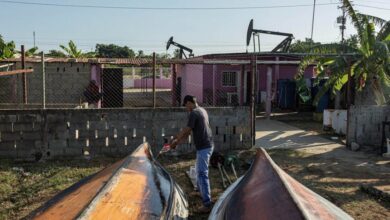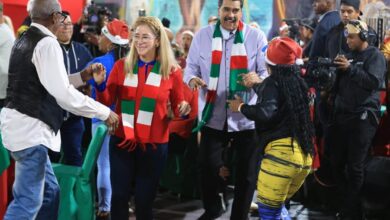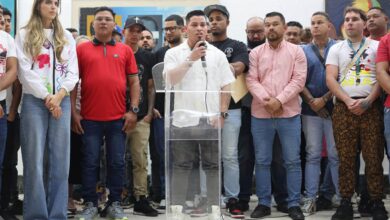Ferries on Pause: How Trinidad–Venezuela Tensions Are Sinking Everyday Life
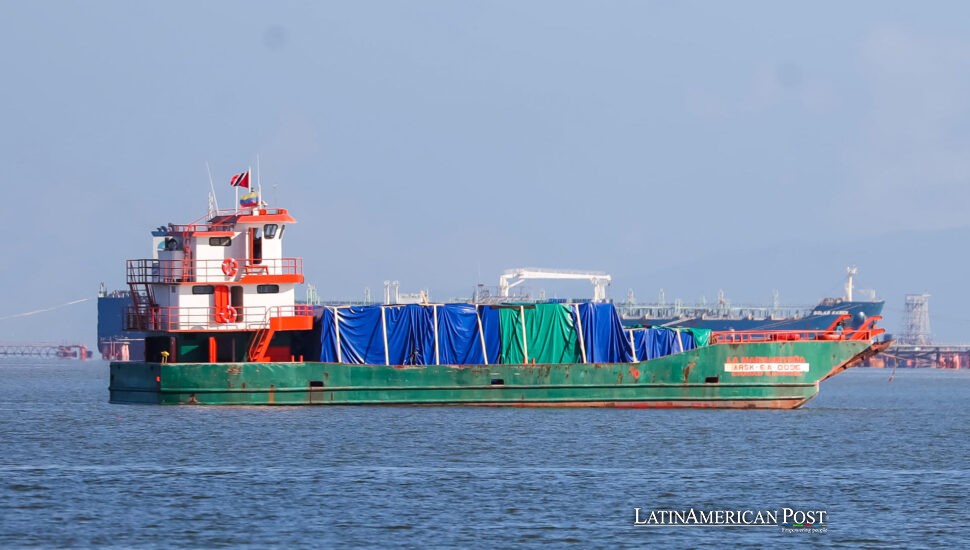
Ferry slips, once busy between Trinidad and Venezuela, have gone quiet as U.S. warships cruise the Caribbean and rhetoric hardens. The shuttle that knits two neighbors is faltering, punishing families, traders, and a cross-border economy rattled by fear and uncertainty.
Ferries as a Barometer of Fear
If you want a real-time readout of regional anxiety, skip the podiums and look at the docks. Operators on the Cedros–Tucupita route say passenger flow has collapsed from hundreds a month to mere dozens. “From transporting 70 passengers in June, we saw a sharp decline to just 45 in August,” said Venezuelan businesswoman Alana Medina, who runs the Ángel del Orinoco ferry, in comments to EFE. The mid-September sailing she cited limped into Cedros with 15 people on board—”the worst decline” in her company’s nine years. The balance sheet tells the same story as the benches: loss. Medina suspects travelers fear a sudden border closure amid spiking tensions. And who can blame them? Words like “war,” once the stuff of televised theater, now echo across a narrow strip of sea.
Caracas blames Port of Spain. President Nicolás Maduro claimed this month that Trinidad and Tobago’s prime minister, Kamla Persad-Bissessar, had “gone crazy,” alleging she was prepared to authorize attacks against Venezuela. Persad-Bissessar has denied discussing any invasion with Washington, while she has supported the U.S. military deployment and strikes against boats the United States says are tied to drug trafficking. Meanwhile, Venezuela’s ambassador in Port of Spain, Álvaro Enrique Sánchez Cordero, told EFE in a written statement that there will be no border closure and insisted “all is well with maritime connections between Tucupita and Cedros.” On paper, the sea lanes are open. In practice, fear has already done the closing.
What Silence at the Docks Means for Trade
Empty benches on ferries are mirrored by idle forklifts in nearby ports. At San Fernando’s King’s Wharf, a source in Trinidad and Tobago’s Customs and Excise Division told EFE that just two Venezuelan cargo boats now arrive twice a month with timber and clothing; until 2024, those same vessels were docking three times a week. United Nations trade data point to the same withering pattern: bilateral commerce fell 56% from 2017 to 2024. That plunge predates the latest saber-rattling and reflects the grinding realities traders face.
Ask Trinidadian businessman Cassian Valdez. He told EFE that “extortion and corruption” in Venezuela had reduced his monthly pine imports from 800 cubic feet to just 80. “You pay for the timber and don’t receive it. I lost $30,000,” he said, alleging the Venezuelan National Guard confiscated materials despite proper documentation. Valdez now sources 90% of his timber from Brazil and is preparing to stop importing from Venezuela entirely—even though the proximity of the Gulf of Paria once made the Cedros–Tucupita corridor a model of fast, affordable logistics. Each exit like his is a tax on the region’s competitiveness, lengthening supply chains and transferring margin from border communities to intermediaries farther afield. The costs are not abstract: fewer sailings mean fewer shifts for dockworkers, fewer orders for shopkeepers, and less cash for families who rely on small, frequent cross-border trades to make ends meet.
The Rhetoric, the Reality, and the Rumor Mill
It is tempting to pin all of this on the latest U.S. show of force and call it a day. But the ferry slump is also the cumulative result of years of corrosive uncertainty: sanctions regimes that change faster than small firms can adapt, corruption that turns paperwork into a lottery, and a media ecosystem where rumors outrun corrections. When leaders trade accusations of “terrorists” and “dictators,” everyday travelers hear only one message: danger. They buy fewer tickets. Insurance costs rise. Crews wonder if the next boarding party will be pirates or patrols. Operators delay maintenance when revenues fall, making crossings less reliable, which further reduces demand. It is a vicious feedback loop, and it feeds on ambiguity.
This is why the ambassador’s reassurance that “all is well” with maritime connections—offered to EFE—rings hollow against the numbers operators cite from the gangway. Everything may be “open,” technically, but the market is reacting to perceived risk, not legal theory. The consequence is a shadow blockade, built not from booms and chains but from caution. In a region where families straddle both shores and trade is a daily act, that kind of blockade is as effective—and as cruel—as a physical one.
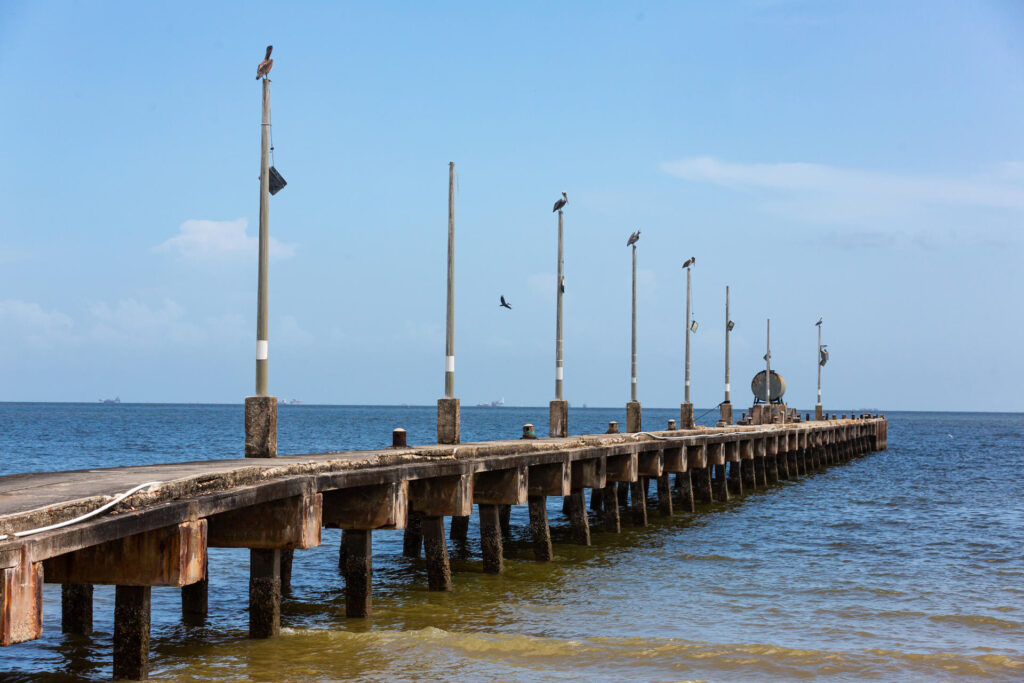
A Pragmatic Path to Keep Boats—and Lives—Afloat
This sea bridge is too important to be left to rumor and bravado. The fix isn’t glamorous, but it’s doable.
First, Port of Spain and Caracas should jointly publish a standing safe-passage protocol for civilian ferries and small cargo craft that is specific, simple, and bilingual: published sailing windows, agreed inspection procedures, and a 24/7 hotline answered by both coast guards. If the region can coordinate petroleum swaps and power flows, it can coordinate a protocol to keep milk, medicine, and mothers moving across a short stretch of water.
Second, both governments should address the corruption of tax traders, as described to EFE, by digitizing documentation and implementing real-time cargo tracking for this corridor. When manifests are filed electronically and mirrored on both sides, there’s less room for arbitrary “confiscations.” A modest micro-insurance facility—underwritten by development banks or private carriers—could shield ferry operators from the revenue shocks Medina outlined, buying time for confidence to return. And because truth travels slower than fear, public information must be over-communicated: daily updates on sailings, average wait times at terminals, and any changes in procedure. Clarity is the cheapest security.
Finally, leaders need to mind their metaphors. Calls to “eliminate violently” narcotraffickers may play to domestic audiences, and Maduro’s charges may rally his, but maritime corridors cannot survive as collateral in a propaganda war. When heads of government evoke invasion and war, passenger counts will crater, regardless of the ambassador’s assurances. It’s a small sea. Words carry.
The choice before both capitals is not between softness on crime and solidarity with smugglers. It’s between governing a shared reality and presiding over a slow-motion rupture. Trinidad and Venezuela have managed energy interconnections, handled migratory waves, and, in quieter seasons, allowed a dignified, legal traffic of people and goods that enriches both shores. They can do it again. But for the ferries to hum, the region needs less theater and more craft: predictable rules, honest paperwork, and a joint commitment to keep the sea bridge open.
Also Read: How Uruguay Chose Clean Power and Won the World’s Attention
At Cedros and Tucupita, the water has long been the practical middle ground—neither flag nor ideology, just a working path between neighbors. Today, that middle ground is shrinking beneath a fog of fear. Bring back transparency, and the benches will fill, the forklifts will move, and livelihoods will revive. Leave the fog in place, and the rust will deepen.

